It can result in Progesterone deficiency & Oestrogen dominance. The hormones oestrogen and progesterone have a very close relationship. Oestrogen is a stimulatory hormone and natural progesterone tempers the stimulatory effects of oestrogen. This effect of natural progesterone on oestrogen is summarised in the table below.
Progesterone has its own intrinsic effects upon the body separate to its action on oestrogens. When you have progesterone deficiency it can cause havoc on your hormonal balance.
The effects of Oestrogen include: Builds suputerine lining, stimulates breast tissue, increases body fat, retains salt and fluids, increases blood clotting and decreases libido, . It also affects depression, headaches, migraines, Thyroid hormones and blood sugar levels. Oestrogen also increases the chance of endometrial cancer and breast cancer.
In contrast Progesterone helps counter these effects: Maintains uterine lining, protects against fibrocysts in the breast, helps use fat as energy, retains salt and fluids, normalizes blood clotting and maintains libido . It also acts as an anti-depressant, activates the thyroid and normalizes blood sugar levels. Good progesterone levels also decrease the chance of developing endometrial cancer and breast cancer.
The time before menopause (peri-menopause) can, in many cases, be more distressing than the actual menopause itself. Peri-menopause is commonplace in women in their late thirties and early forties. During the months and years prior to menopause (peri-menopause), oestrogen levels remain stable but ovulation becomes spasmodic. As a result, progesterone production is irregular and declines. At menopause, oestrogen levels decline and ovulation ceases altogether. This leads to a hormonal imbalance. Oestrogen is free to act untempered by the effects of progesterone.
This unbalanced decline in hormonal levels can lead to many women experiencing a variety of unpleasant symptoms – what Dr John Lee called “oestrogen dominance”. These symptoms are similar to those experienced by Menopausal women and include hot flashes, sleep disturbances and poor bladder control. Other debilitating symptoms include vaginal dryness, mood swings and irritability. Some women may also experience weight gain, lack of energy, forgetfulness, cloudy thoughts and even anxiety or panic attacks. In general it’s also common for women to experience sore bones together with general aches and pains. Most women will not suffer all these symptoms at the same time but if if they only experience one or two symptoms, it can greatly effect the quality of life. If you have a hormonal imbalance like this and are experiencing some of these symptoms then progesterone replacement therapy can normally correct these issues within a few months.
Menstruating women who experience many of the symptoms traditionally reserved for menopausal women can experience a great deal of anxiety, depression and confusion surrounding the symptoms.
How do you know if you have a hormonal imbalance? Indications include irregular periods, shorter intervals between periods, spotting, between cycle bleeding and heavy bleeding. The long-held medical belief has been these symptoms and feelings are due to oestrogen deficiency. Adequate progesterone levels can have an active role in preventing this from happening. If there is a menstrual blood flow (regular or irregular), there is plenty of oestrogen being produced by the ovaries. Oestrogen is responsible for stimulating growth of the uterine lining and progesterone is responsible for holding it together. You can see why the balance is so important, too little Oestrogen causes build up and too little Progesterone causes the uterine lining to break down. The result? Irregular and heavy menstruations.
Often peri-menopausal women exhibiting symptoms are treated with the Pill to “stablise” their hormones. The Pill overrides the natural hormone production in women. It adds oestrogen to the peri- menopausal woman’s body but fails to address the progesterone deficiency co-existing. This is because the Pill doesn’t contain natural progesterone. Often peri-menopausal women who take the Pill find some of their symptoms worsen rather than improve. This is due to the added oestrogen of the Pill not being balanced by natural progesterone, resulting in an exacerbation of “oestrogen dominant” symptoms.
The progestin in the Pill does not act in the same way as natural progesterone in balancing the effects of oestrogen.
The alternative often suggested to women instead of the Pill is hysterectomy (removal of the uterus). This may or may not include removal of the ovaries (oophorectomy).
Hysterectomy makes no difference to the way the oestrogen/progesterone balance should be viewed. Having a hysterectomy stops the irregular and heavy bleeding, but it does nothing to address the underlying problem of oestrogen dominance due to progesterone deficiency.
Addressing this basic imbalance is crucial in order to eliminate unwanted peri- and post-menopausal effects, be they natural imbalances or induced imbalances due to oestrogen-only supplementation.
Progesterone therapy should always be considered as the first line of treatment for oestrogen dominant peri-menopausal and menopausal women. This is true unless symptoms like hot flashes, night sweats and vaginal dryness are a problem. In this case other treatment may be needed as well. A woman still getting a menstrual bleed (regular or irregular) is producing adequate oestrogen. It is the progesterone that is in deficiency. For decades, the medical profession has been influenced by the pharmaceutical industry into believing women are oestrogen-only entities. In the world of profits, progesterone is a nebulous hormone.
The truth is progesterone is produced by the body in quantities a thousand-fold greater than oestrogens. Progesterone is a pivotal hormone for the propagation of life and for the production of other hormones, including oestrogen, glucocorticoids and corticosteroids. Without progesterone there would be no menstrual cycle or reproduction.
More Information on Natural Progesterone
Natural Progesterone Treatment Options
Natural Progesterone Vs. Synthetic Progestins
Progesterone treatment options & side effects
The Progesterone Deficiency Assessment Questionnaire
The information in this article has been taken with permission from the official Lawley booklet on Understanding Progesterone
